ExploreABitMore - Jul 18, 2006 2:52 pm - Hasn't voted
ThanksThanks for posting this ... very helpful.
Klenke - Jul 18, 2006 7:31 pm - Hasn't voted
Do our eyes auto-polarize?Nice page, Gangolf.
Question: do our eyes have natural built-in polarizers? If no, then aren't our naked eyes also subject to the "gray-veiled" scene as non-polarized photographs? That is to say, polarizing a particular shot allows us to see a scene how we'd like to see it (or would if we had polarizing glasses on) not how we really see it with the naked eye. If this is true, then polarizing filters more or less fake the scene. But at least they fake it into something more enjoyable.
Gangolf Haub - Jul 19, 2006 6:40 am - Hasn't voted
Re: Do our eyes auto-polarize?What is real? I tend to share your view that pol filters enhance the view to something we don't usually see. However, since eyes and brain work together our perception usuallly also enhances what we really see. It's real hard to tell what is real...
Tie-Dye Mike - Jul 27, 2006 9:01 am - Voted 10/10
Thanks DudeI'm looking at getting a polarization filter for my camera,and this actually helps me make some sence of how this works. Thanks!
cho_mik - Jul 28, 2006 3:41 pm - Voted 9/10
UV filterIn digital photograpy UV filter is useles (until you use it as mechanical protection of the lens). I took test pictures on the top of Muztagata (7536 m.) and there was almost no difference.
Gangolf Haub - Jul 29, 2006 8:46 am - Hasn't voted
Re: UV filterI've noticed much the same thing though I'm not quite sure why. I know that to protect the CCD chips they have to be coated. Maybe this coating also already reduces UV transmission. Another explanation would be that the chips simply don't work in the UV-range. But if I remember correctly (from my time as physics student) CCDs were used to detect soft X-rays and in that case the longer wavelength UV must leave their marks on the chips. However, different cameras - different behaviour :-)
cho_mik - Jul 31, 2006 6:40 am - Voted 9/10
Re: UV filterTo be precise - I used Nikon D70 :)
sich - Sep 1, 2006 2:40 pm - Voted 10/10
Re: UV filterYes, CCDs and CMOS in a photocameras are almost insensitive for UV.
A wavelenght function of CCD could be found for example at http://images.google.com/images?hl=en&lr=&c2coff=1&q=ccd+spectral+response.
A relative UV sensitivity is about 1% (relative to its most sensitive wavelength). So, there is no need on the digital cameras for main purpose of UV filters. We can only use it for lens protection.
This is because of CCD or CMOS spectrum, but also we need to have in the mind that any type of a glass are a good apsorber of UV so even the lenses do not allow many UV rays to pass to chip.
Also lowest part of earth atmosphere absorb good amount of UV, so only at high, high altitudes you can see result form UV filters, but all that is just minor difference.
Conclusion is that the chips in the cameras with help of the lenses are killing UV, so we don't need the UV filters.
huckleberry - Aug 1, 2006 7:25 pm - Voted 10/10
Thanks Gangolf!Great article. I think that this is great because of how much photography there is on SP...Keep it up
chskier - Aug 23, 2006 6:27 pm - Voted 10/10
AidNice article. I use filters out there, too but I just thought I would comment on something you stated in the begining of your post and address the whole issue of "cheating".
Basically, it does not matter if one uses Photoshop, or filters or both. The point of making an image is that you use whatever you have at your disposal to created an image that is powerful and compelling. Follow the flawed logic that meny people live by and one could make the point that using a camera is cheating! That's what some landscape painters claimed when photography first gained popularity.
There is a fairly well known landscape photographer who insists that he never uses filters or photoshop, yet his prints are stunnily colorful. Perhaps he wants us to believe that somehow his raw skills make their way to the film and create color but what he actually does is use specialized paper and chemical processes. So, one technology is used and the others denounced. This is merely politics.
All technologies are fair game. It does not matter how you arrive at a dynamic image; the point is that you got there. Some climbers scoff at aid climbing and they may have a point if reaching the goal is to be done so in the most challenging way but in the world of photography and art, applying filters and touching with Photoshop are not cheating. They just represent additional tools for us. It does not matter if creating the image is difficult or easy.
I'm sure you probably feel the same way about it but it is rarly stated, so I thought I would throw it out there. Maybe I am stating the obvious, though.
Cheers!
Gangolf Haub - Aug 23, 2006 7:22 pm - Hasn't voted
Re: AidYour point is well made and I guess you are right though I must say that there are different levels of "aid" or "cheating" that people find acceptable. From the artistic point of view there can be no question - an artist is allowed to do whatever he wants to produce his art. But even here there are different levels of acceptance for different people. We just all have our own opinions of what can be done and what should be left undone. Which I think is good.
chskier - Aug 23, 2006 8:07 pm - Voted 10/10
Re: AidI think it's good, too, just as long as nobody tries to force their ordinary opinions on us. Which is what I was trying to address. The photograph does not care what we think. "It" is what it is and how it is but it's up to us try to make it the best it can be and if that means using Photoshop or filters, then that is what we must do regardless of our occupation. It is the photograph that should dictate what is acceptible and what is not.
I just like to try to remind folks that in order to improve one must be as objective as possible.
Thanks, again, for your article and your other efforts. I have enjoyed your contributions to SP very much.
oldandslow - May 29, 2007 2:24 pm - Hasn't voted
Vignetting, Sky Gradation and SunglassesFor many years I experienced vignetting using a polarizer on my film SLR. I now use a digital SLR with a full size lens rather than a lens designed for a digital sensor. No vignetting so far having used two different cameras and lenses.
I recently encountered sky gradation using a polarizer with my new 17-40mm lens. The gradation appears to be inversely proportional to the focal length--not noticeable at 40mm. Is there anything I can do about this problem other than sharpen my clone stamp and smudge techniques?
Two years ago my son and I tried using sunglasses in lieu of a polarizer on a digital point and shoot. The only result was a change in color.
Gangolf Haub - May 30, 2007 5:27 am - Hasn't voted
Re: Vignetting, Sky Gradation and SunglassesFrom a physical point of view you will always have sky gradation if the opening angle of your lense is to large. It is caused by the polarization effect itsel, which is dependent on the angle at which you see the light (speak:sun). The effect goes from nil to max in less than 90° which is why gradation is always visible at wide angle lenses like yours. At 40mm you have an opening angle of some 40° while at 17mm it should be above 90°.
andret - Jul 5, 2007 12:45 pm - Hasn't voted
Thank youI have a point and shoot right now, but this article was extremely helpful in detailing the polarization effect. The shots with the pol filter look great. I'm looking forward to an SLR...
peninsula - Aug 5, 2007 10:08 am - Voted 10/10
Excellent OverviewVery good, thank you for your well written and depicted explanation!
eyedeebee - Jun 8, 2009 11:28 am - Hasn't voted
ThanksVery useful article - picked up some great pointers.
Gangolf Haub - Jun 8, 2009 1:45 pm - Hasn't voted
Re: ThanksYou're welcome. Actually this was the intension of the article. I found I understood photography much better after having used a polarizer for the first time.
EricChu - Jan 19, 2010 8:40 am - Voted 10/10
Thanks a lot, Gangolf!This is a great help, as you go quite into detail on this page! It's also great that so many people commented the page, this also provides information.
Gangolf Haub - Jan 19, 2010 9:25 am - Hasn't voted
Re: Thanks a lot, Gangolf!You're welcome!



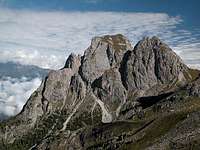
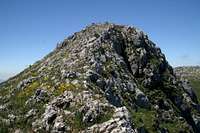





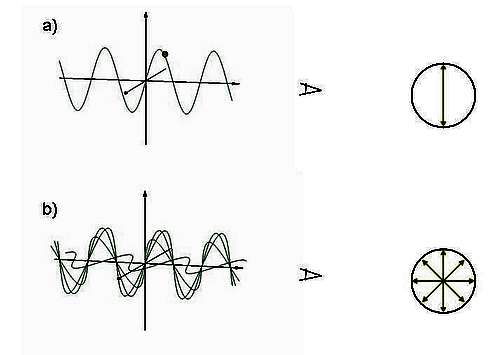
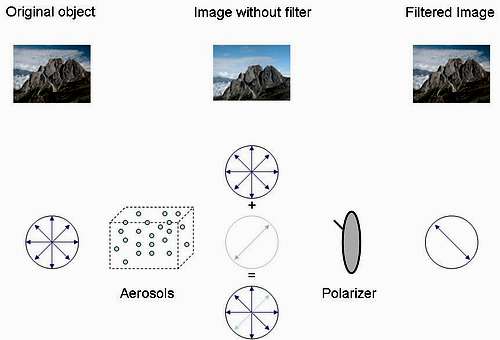

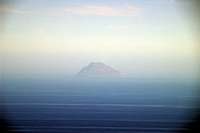

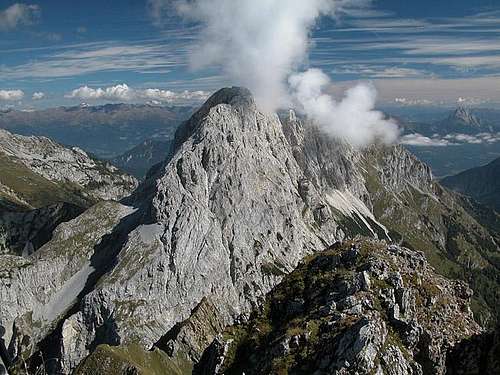













Comments
Post a Comment